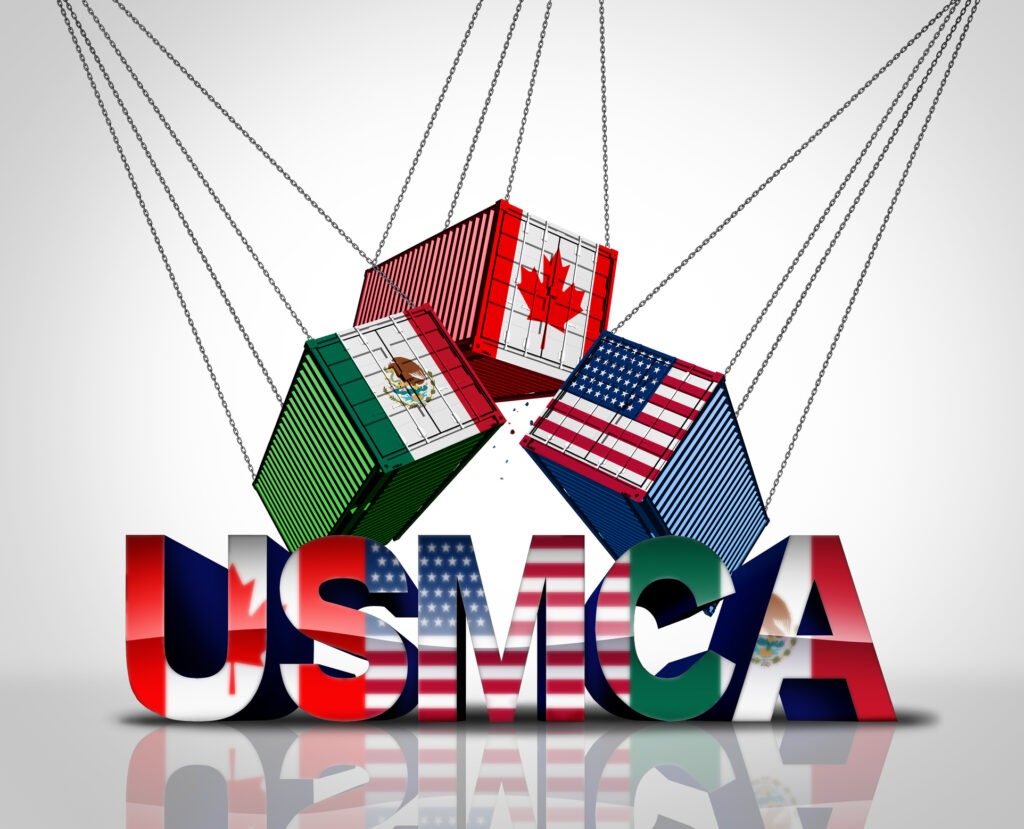
Grades 6-8, 9-12

Don't have an account yet? Sign up for free
Don't have an account yet? Sign up for free
Students will be able to:

In this economics lesson, students will play a trading game to learn about voluntary trade.
Warm-Up
Write the following definition on the board: Voluntary trade – Trading goods and services with other people because both parties expect to benefit from the trade. Ask students to work with a partner to identify examples from their lives in which voluntary trade takes place and both parties benefit. Tell the students that they will be asked to share at least two examples with the class in about five minutes. (expect student to come up with examples like paying for lunch in the cafeteria, buying gas for their car, purchasing a new app for thier phones, or even buying tickets to sporting event or concert; in each of these cases the person buying the product or service valued it more than the money they gave up and the seller clearly valued the money over the good or service).
Modeling
Lead the students through the PowerPoint slides included in the lesson. Notes are included to assist with each slide.
Group Activity
Once you’ve introduced the topics of gains from trade in the modeling section, tell the students that they are going to participate in a simulation to demonstrate this phenomenon. Follow these steps to play the game:
1. Put your class into groups of 8-10 students and have these groups of students sit together.
2. Collect enough expired gift cards from friends and family (or even go to a local store and grab a selection without adding money to them) for each student. If not, use the Trading Game Cards. Once you have a nice set, they may be used each term with a new set of students. Give one card to every student.
3. Round 1: Have the students quickly go around the room and announce what gift card they have been given. Tell them to play the game as if they are real and could be spent. Next, ask each student to rate, from 1-10 (1=little value; 10=very valuable), how much they value the card they’ve been given. Obviously this is a difficult hypothetical question to answer but ask them to do their best and consider how they value their card relative to the others in the room.
4. Write all of the ratings on the board by student group. Add them up to find a total score. Spend a few minutes discussing why the students rated their card as they did.
5. Round 2 (“U.S. Trade “): Now tell the students they have 5 minutes to trade their cards with others within their group. Tell them they do not have to trade, but they may trade if it improves their satisfaction.
6. Once the trading is done again ask each student to rate how much they value their current card (some will have the same while others will have new higher ratings). Again add up the total by group (the number will almost certainly be bigger).
7. Have a discussion about why the number increased. Ask students why they made trades. Use their answers to demonstrate that both parties gain from trade.
8. Round 3 (“World Trade”): Lastly, play the game one more time but tell students they have 5 minutes to trade with anyone in the classroom. Again ask the students to rate their card value. Once again the number will likely increase. Explain to the students that the total value of the rating increased from one round to another, representing the gains from trade. The broader range of choices made it possible to achieve gains from trade. Make it clear that you did not add any new gift cards into the room or raise their monetary value. The gains in satisfaction came from trade.
Individual Activity
Display all of the gift cards that were used in the trading game in the classroom. Have students make a list of the goods they regularly consume from these stores that would not be available without trade. Students may create this list by contemplating the things they buy or eat everyday (things like gas, many foods, etc.) or encourage them to move around the room and look at where many objects in the room (including their own clothes) were made.
Have students write a short journal entry about their experience with the trading game. Have them explain what card they were originally given, what trades they made and why they made these trades. Ask them to conclude whether or not their level of satisfaction was increased or decreased due to the trade in the game. After the students have written their journal entry, ask them to respond to the following two questions:
Activity 1
Have students visit Foreign Trade: Top Trading Partners website and make a list of the main trading partners of the United States in recent years. Which countries does the United States export many goods and services to? Where do we import goods and services from? Has there been much change in these over the last ten years?
Activity 2
Have students brainstorm some goods and services in which the United States likely has a comparative advantage. Next, have the students list some goods and services the United States likely has a comparative disadvantage in producing.
[The U.S. likely has a disadvantage in low skill labor intensive industries because of the high wages U.S. employees make.
[The U.S. produces and outsources large quantities of services like legal, financial and consulting work.]
Miscellaneous Items

Grades 6-8, 9-12

Content Partner
Grades 6-8, 9-12

Grades 9-12

Grades 9-12
